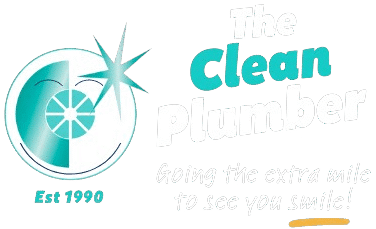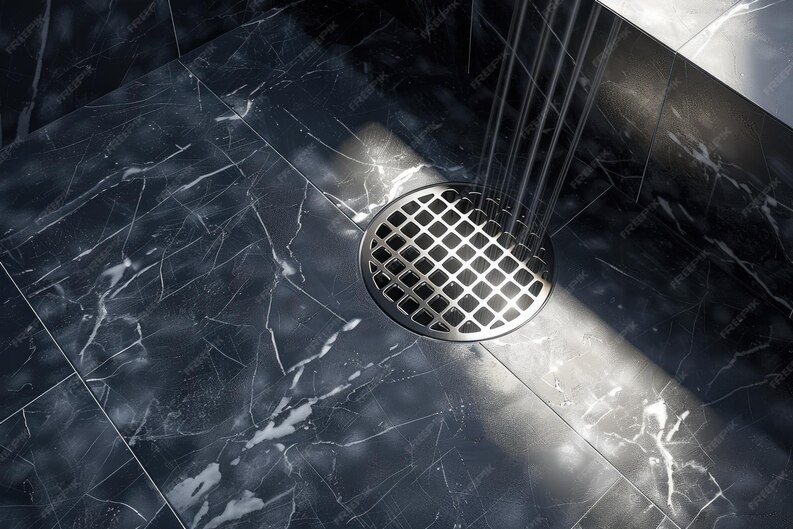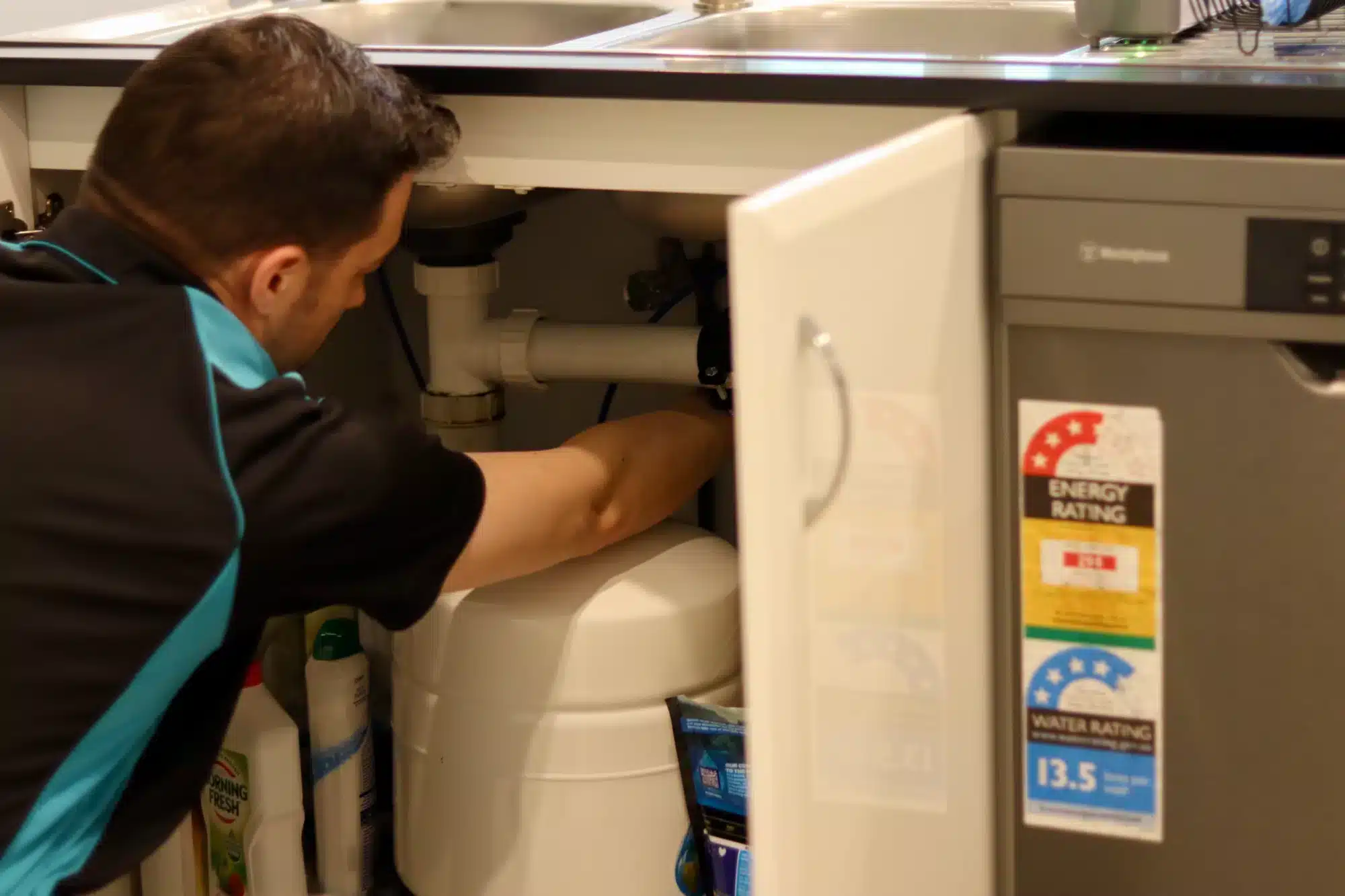When it comes to designing or renovating your bathroom, one of the most overlooked yet crucial components is the shower drain. While it may seem like a minor detail, the types of shower drains you choose can significantly impact the functionality, maintenance, and visual appeal of your space, including the overall shower drainage. From traditional centre floor waste drains to sleek tile insert options, understanding the different types of showers drain types available will help you make a more informed choice tailored to your needs and preferences, enhancing your overall bathroom aesthetics.
Why Choosing the Right Shower Drain Matters
Choosing the right shower drain isn’t just about looks—it’s key to your bathroom floor’s function and hygiene, ensuring efficient water drainage. The right drain ensures efficient water flow, helps prevent pooling, and supports the longevity of your waterproofing system.
It’s also important that your drain suits your flooring type—whether tiles, stone, or vinyl—and integrates well with your waterproofing. A poor match can lead to leaks, water pooling, or mould. Plus, your choice of drain can enhance or disrupt your bathroom’s overall design, impacting the entire bathroom’s aesthetics, particularly in modern, minimalistic aesthetic spaces. , particularly in modern, minimalist spaces.
1. Point Drains
Point drains are the traditional style of shower drainage found in many Australian homes. They consist of a central outlet—typically round or square—positioned in the lowest point of the shower floor. Water from the surrounding tiles is directed via a four-way gradient (fall) towards this central location, ensuring efficient drainage and efficiently keeping the floor dry.
Where They’re Used: It’s important to consider the risk of water damage.
These drains are commonly found in older homes and are still widely used in new builds due to their affordability, straightforward installation, and easy maintenance, making them one of the most common bathrooms drains.
Pros:
- Cost-effective and widely available
- Simple to install and replace
- Compatible with a wide range of tile sizes
Limitations in managing high volumes of water include:
- Requires complex tiling patterns to create the necessary slope
- Less visually appealing in contemporary or high-end designs
- May not suit open, walk-in shower layouts
2. Linear Drains
Linear drains—also known as strip or channel drains—are a modern alternative that has gained popularity in barrier-free or walk-in showers. Instead of draining water to a central point, these drains allow water to flow into a long, narrow grate typically positioned along one edge of the shower or against the wall.
Where They’re Used:
Frequently chosen for contemporary bathrooms, particularly those featuring large-format tiles or open shower zones.
Advantages:
- Clean, sleek appearance ideal for modern bathrooms
- Easier to achieve a single-direction slope, simplifying tiling
- Offers flexibility in shower layout and accessibility
Things to Consider:
- Can be more expensive to purchase and install
- Requires precise alignment during installation
- May need more frequent cleaning due to longer grates
3. Tile Insert Drains
Tile insert drains offer a seamless and minimalist finish by allowing a tile piece to sit within the drain frame, tile insert shower blending seamlessly into the surrounding bathroom aesthetics and contributing to the entire bathroom’s aesthetics. The only visible part is a discreet gap that permits water drainage.
Best Suited For:
High-end renovations or designer bathrooms where aesthetic appeal is a key priority.
Benefits:
- Virtually invisible for a sleek and cohesive look
- Perfect match for tiled floors
- Ideal for minimalist and luxurious bathroom designs
Drawbacks:
- Can be harder to clean as the tile insert may need to be lifted
- Typically, more expensive than standard drains
4. Centre Floor Waste Drains
Common in many Australian homes, centre drains sit in the middle of the shower, catching water from all directions. They’re a standard choice in older or budget-friendly bathrooms due to their simplicity and reliability.
Common Usage:
Standard in many residential bathrooms, especially in older or budget-conscious builds.
Practicality:
- Efficient and reliable water drainage
- Easy to access for maintenance and cleaning
- Universally compatible with standard waterproofing systems
Potential Downsides:
- May not align with modern design trends
- Requires sloping tiles from all directions, which limits some design choices
5. Wall-Mounted Drains
Wall-mounted or vertical drains are an innovative solution where the water drains through a concealed outlet in the wall rather than the floor, ideal for maximizing space in the shower area. They’re often used in ultra-modern bathroom designs and can be paired with linear or custom grates.
Ideal For:
Bathrooms where floor space is limited or where a clean, uninterrupted flooring aesthetic is desired.
Advantages:
- Allows for completely flat shower floors
- Reduces clutter in the shower base
- Great for contemporary and high-end projects
Considerations:
- More complex to install, often requiring professional expertise
- Compatibility with existing plumbing must be assessed early in planning
6. Trench Drains
Trench drains are long and narrow, similar to linear drains, but designed to manage water handling high volumes of water, taking several factors into account. These are more commonly seen in commercial or shared bathroom spaces such as gyms, pools, or public amenities, among other shower drain types.
Where They’re Most Useful:
Environments with multiple users or high water output, such as shared ensuites or aged care facilities, which can pose a complex system to manage.
Key Benefits:
- Ideal for wet rooms and communal bathrooms
- Excellent drainage capacity for busy environments
Limitations:
- Can be overkill for residential bathrooms
- May require regular upkeep to prevent blockages
Materials and Finishes to Consider
Shower drains come in a variety of materials and finishes to suit different bathroom styles and levels of durability. Common materials include:
- Stainless steel – Durable, rust-resistant, and suitable for most bathrooms
- Plastic (PVC) – Lightweight and affordable but less durable
- Brass or copper – Stylish and antimicrobial, often used in heritage-style or luxury bathrooms
In terms of finish, choose something that complements your tapware, shower fittings, and overall design scheme. Matte black, brushed nickel, chrome, or even custom powder-coated finishes are now widely available in Australia.
Factors to Consider When Selecting a Shower Drain
Choosing the right shower drain involves balancing practicality with aesthetics, especially during bathroom renovations. Here are several factors to keep in mind:
- Floor Slope: Different drains require specific slopes to ensure effective drainage.
- Waterproofing Requirements: The drain must integrate seamlessly with your bathroom’s waterproofing membrane.
- Maintenance: Consider how easy it is to remove grates and clean out hair or debris.
- Bathroom Style: Modern, minimalist, classic, or industrial—your drain should match the design vision.
- Flow Rate: Choose a drain that can handle the expected water flow of your shower system.
- Accessibility: For mobility-friendly or walk-in showers, linear or wall drains may be more suitable.
Frequently Asked Questions (FAQs)
What are the different types of shower drains?
The most common types include point drains, linear drains, tile insert drains, centre floor waste drains, wall-mounted drains, and trench drains. Each suits different bathroom layouts and design preferences, showcasing each drain’s unique design.
What are the disadvantages of a linear shower drain?
Linear drains can be more expensive and require precise installation. They may also accumulate build up debris along the length of the grate, which makes easy maintenance challenging necessitating more frequent cleaning compared to traditional drains.
What are the four types of drains?
In the context of shower installations, the four main types are point drains, linear drains, tile insert drains, and wall-mounted drains.
What are the different types of shower drain plugs?
Shower drain plugs can include pop-up plugs, flip-top plugs, push-pull plugs, and plug-and-chain types. Some modern drains may also feature removable covers with integrated hair catchers, which can simplify plumbing maintenance during the installation process.






